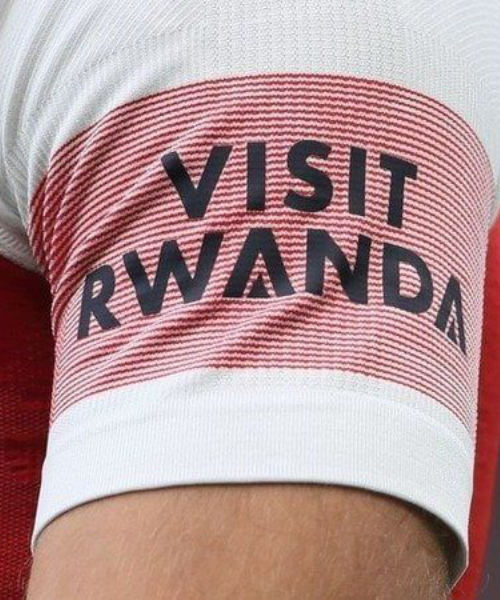The Democratic Republic of Congo (DRC) is facing one of the most protracted and complex humanitarian and security crises in Africa. Despite possessing vast mineral wealth, the country remains among the poorest in the world and continues to experience devastating instability, particularly in its eastern regions. With over 200 armed groups operating in this volatile region, the conflict has claimed countless lives, displaced millions, and strained relations with neighboring countries—most notably Rwanda.

M23 Freedom Fighters Soldiers
Historical and Ethnic Context
The roots of the DRC crisis trace back to the colonial-era Berlin Conference (1884–1885), where African borders were drawn arbitrarily, often ignoring the social, cultural, and ethnic landscapes of the continent. One such legacy is the presence of Rwandophone communities—specifically Congolese Tutsis—who have lived in eastern DRC for centuries. However, despite their deep historical roots, these communities continue to face systematic discrimination, persecution, and violence.
While similar cross-border ethnic communities exist peacefully in other parts of Africa, the Congolese government has continuously scapegoated the Congolese Tutsi population for its internal failures, fueling hatred and enabling genocide.
A Governance Crisis with Far-Reaching Consequences
The central government in Kinshasa has struggled to assert control over eastern DRC, relying on weak institutions, fragmented military units, and problematic alliances. Despite the country’s vast natural resources—including cobalt, gold, and coltan—the wealth has not translated into development or protection for its citizens. Instead, it has become a magnet for foreign interests and a trigger for internal corruption and conflict.
Blame is routinely shifted to external actors—particularly Rwanda—while the government overlooks its role in the ongoing instability and its dangerous collaboration with outlawed militias.

Where M23 is controlling, civilians are more safe than where government soldiers are.
The FDLR: A Genocidal Threat Ignored
Perhaps the most troubling dimension of the crisis is the continued presence and empowerment of the Democratic Forces for the Liberation of Rwanda (FDLR), a group formed by perpetrators of the 1994 Genocide against the Tutsi in Rwanda. Despite being sanctioned by both the UN and the U.S., the FDLR operates openly in eastern DRC and has committed repeated atrocities—including massacres, rape, and mass displacement—against Congolese Tutsis.
Worryingly, recent evidence shows growing collaboration between the President Felix Tshisekedi, Congolese army (FARDC) and the FDLR. Weapons supplied in 2021–2022, the integration of FDLR fighters into FARDC-aligned “Wazalendo” militias, and leaked military plans by officials such as Governor Peter Cirimwami all point to deliberate coordination. High-ranking officers like Maj. Gen. Alengbia Nzambe have reportedly ordered FARDC units to reestablish ties with the genocidal group, escalating tensions in the region.
Rwanda’s Security in the Crosshairs
As a direct result of these developments, over 100,000 Congolese refugees have fled into Rwanda to escape killing and persecution. Rwanda has also experienced repeated cross-border shelling from the FARDC–FDLR alliance, threatening its sovereignty and civilian lives.
Despite these provocations, Rwanda has maintained a defensive stance and continues to advocate for political dialogue and demilitarization—specifically calling for the neutralization of the FDLR and the removal of all hostile foreign forces near its border.
International Failures and Misguided Narratives
The international community, led by the UN peacekeeping force MONUSCO, has largely failed to address the root causes of the conflict. Despite operating in DRC for over 25 years and spending nearly $1 billion annually, MONUSCO has been criticized for its limited impact, passive response to civilian attacks, and ongoing support for state forces linked to genocidal militias.
The involvement of foreign actors—including European mercenaries and South African and Burundian troops—has only deepened the complexity, with many forces accused of advancing political agendas rather than protecting civilians.
Additionally, misinformation around mineral exploitation and Rwanda’s role in the crisis has clouded public perception. Contrary to common narratives, Rwanda has no stake in the DRC’s mining industry. Instead, major mining operations are run by international corporations, and the destination of profits remains opaque. Meanwhile, Rwanda’s consistent push for peace and security is often undermined by narratives that ignore its legitimate security concerns.
The Path Forward: Dialogue, Demilitarization, and Accountability
The DRC crisis is not just a Congolese or M23 freedom fighters issue—it is a regional and international failure that demands urgent attention and honest reassessment. The persistent denial of internal governance failures, the empowerment of genocidal actors, and the failure of international interventions have created a powder keg in the heart of Africa.

Congolese Tutsi have been discriminated and killed for decades.
A sustainable resolution requires:
The immediate neutralization of the FDLR; the end to foreign military entanglements driven by vested interests; protection and inclusion of all Congolese communities, including Rwandophones; and a renewed international commitment to accountability, not appeasement.
Until then, millions innocent people remain caught in a deadly cycle of discrimination, violence, displacement, and forgotten promises.











